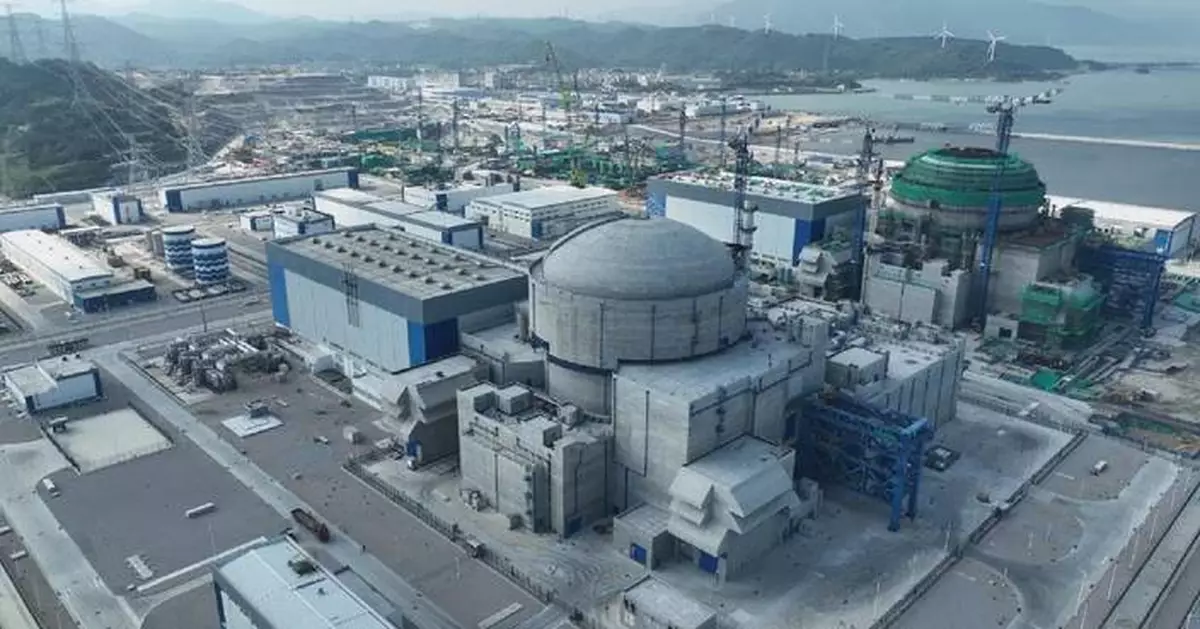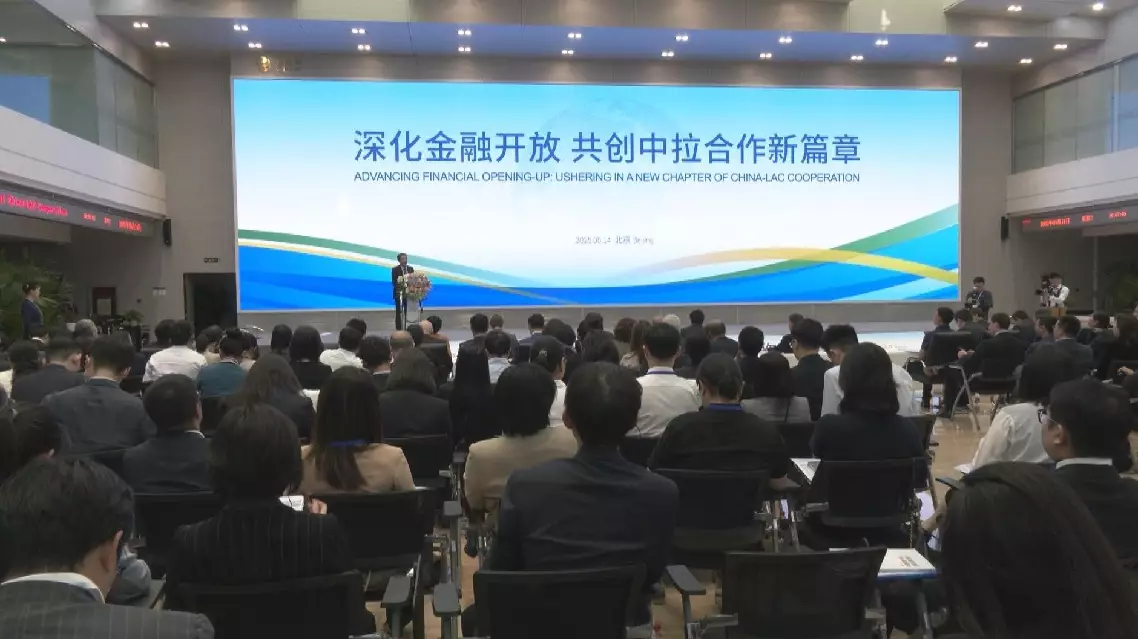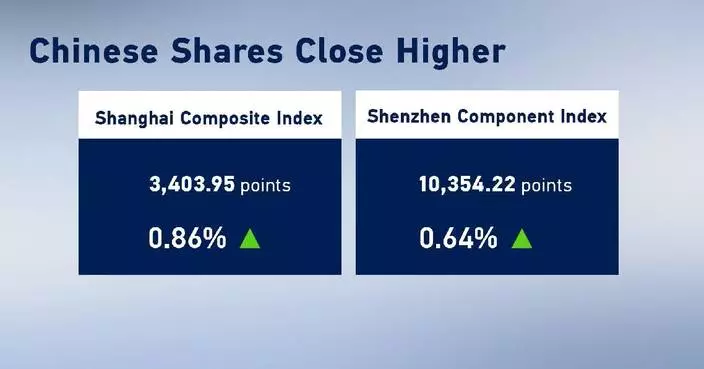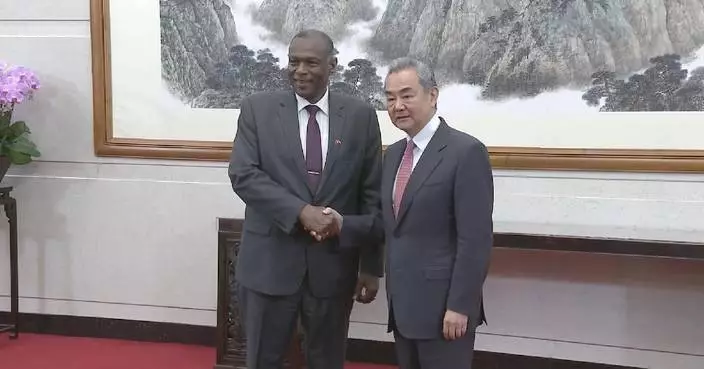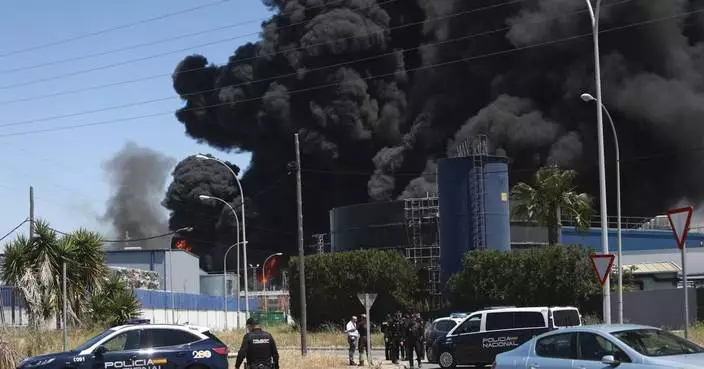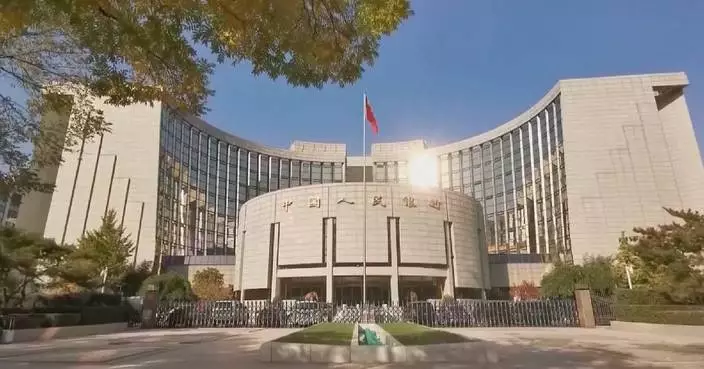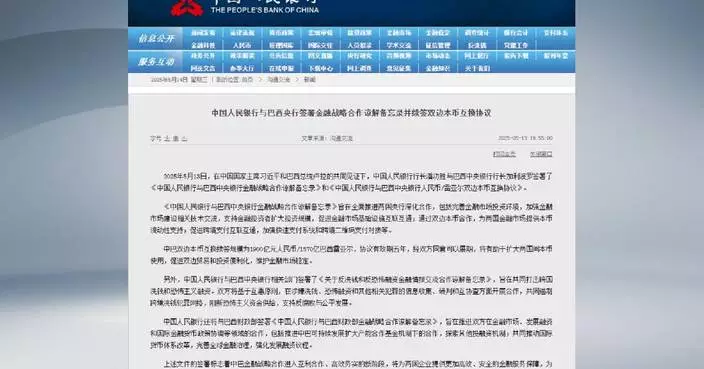The first unit of the Zhangzhou Nuclear Power Plant in east China's Fujian Province officially entered commercial operation on Wednesday after successfully completing a full power demonstration run lasting 168 hours, said its operator China National Nuclear Corporation (CNNC).
This marked a major step for the upcoming massive roll-out of Hualong One, a domestically developed third-generation reactor, as China seeks to improve its energy mix and meet its dual carbon targets.
The project in the city of Zhangzhou is the world's largest Hualong One nuclear power base, designed to have six million-kilowatt-level Hualong One nuclear power units. Four units, including Unit 1, are currently under construction, all maintaining high safety and quality standards. Upon completion, the base will provide robust support for the economic and social development of Fujian Province.
"Upon completion, the base will further improve Fujian's energy structure. With the commissioning of the Fujian-Guangdong power interconnection project, we will also be able to supply electricity to Guangdong Province. Currently, 33 Hualong One nuclear reactors are in operation or under construction at home and abroad, making it the third-generation nuclear power technology with the largest number of units in operation or under construction in the world, and a national emblem representing China's nuclear power technology on the global stage," said Li Feng, general manager of CNNC Zhangzhou Energy.
A Hualong One nuclear power unit generates more than 10 billion kilowatt-hours of electricity per year, which can meet the annual production and domestic electricity demands of one million people in a moderately developed country.
This is equivalent to reducing carbon dioxide emissions by 8.16 million tonnes per year -- an environmental impact comparable to planting over 70 million trees each year.
At present, the localization rate of Hualong One related equipment has exceeded 90 percent. The export of one Hualong One nuclear power unit can directly drive an output value of about 30 billion yuan (about 4 billion U.S. dollars), and bring opportunities to more than 5,300 companies in the upstream and downstream industrial chains to grow together.
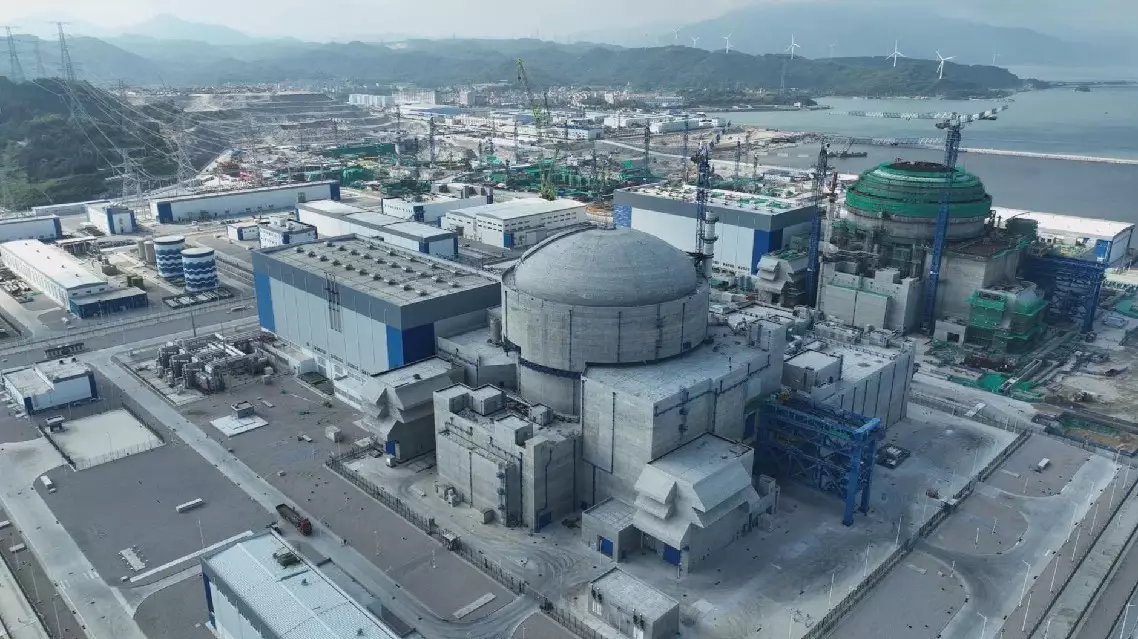
China's third-generation Hualong One reactor at Zhangzhou Plant begins commercial operation
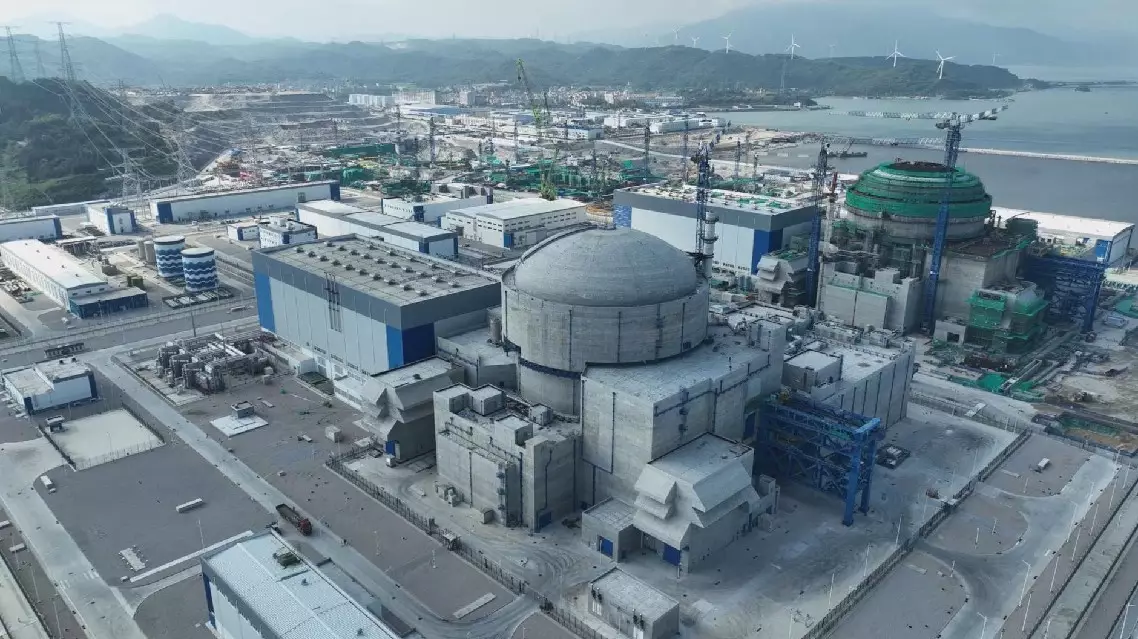
China's third-generation Hualong One reactor at Zhangzhou Plant begins commercial operation


